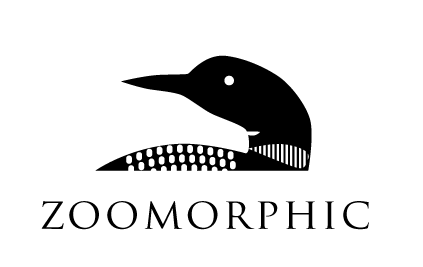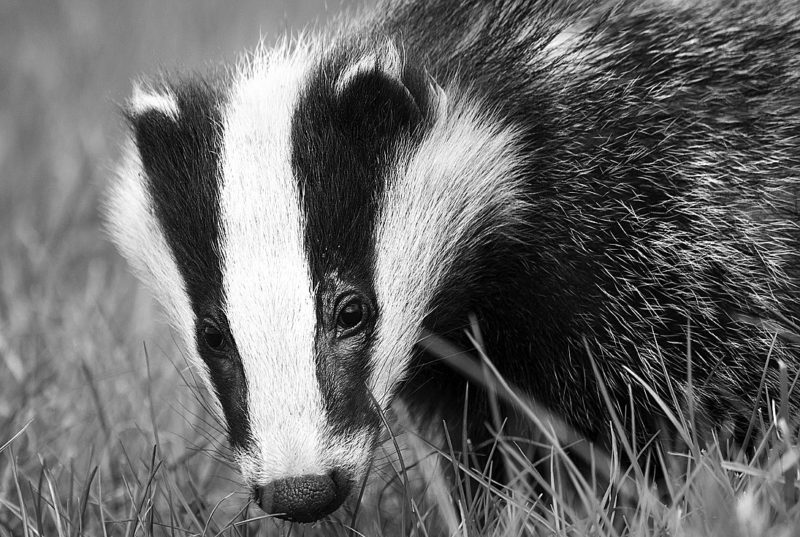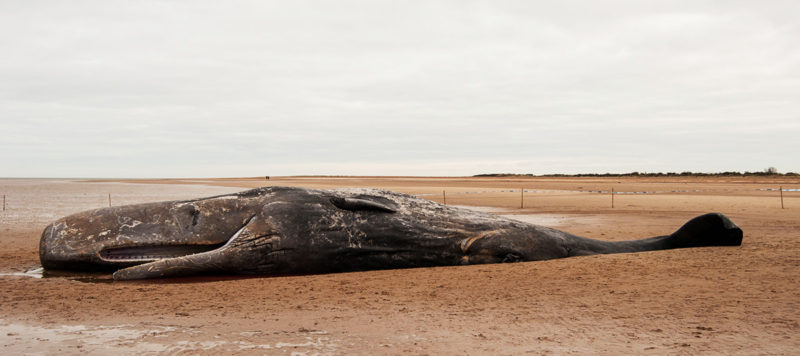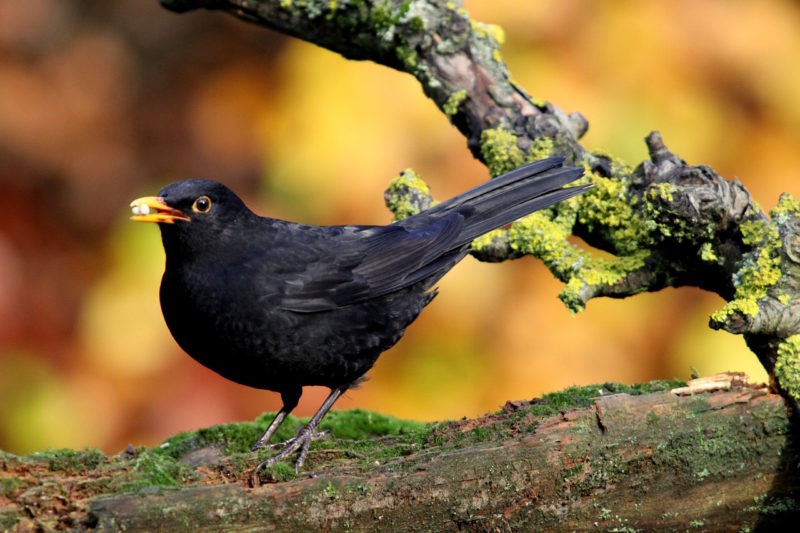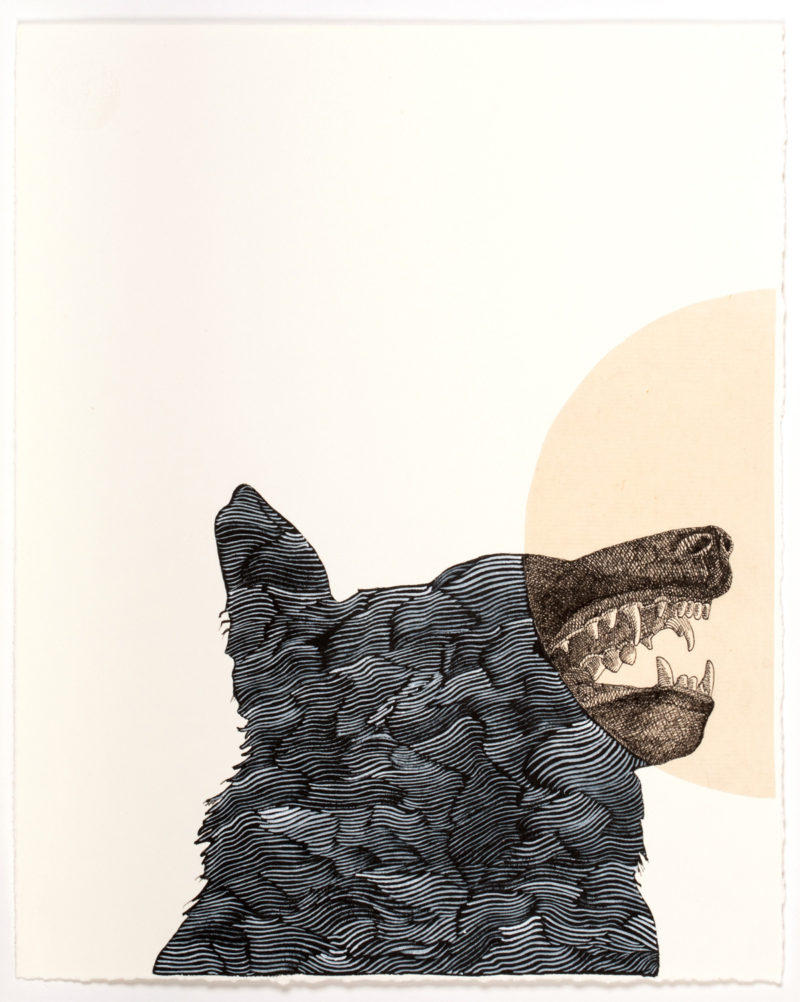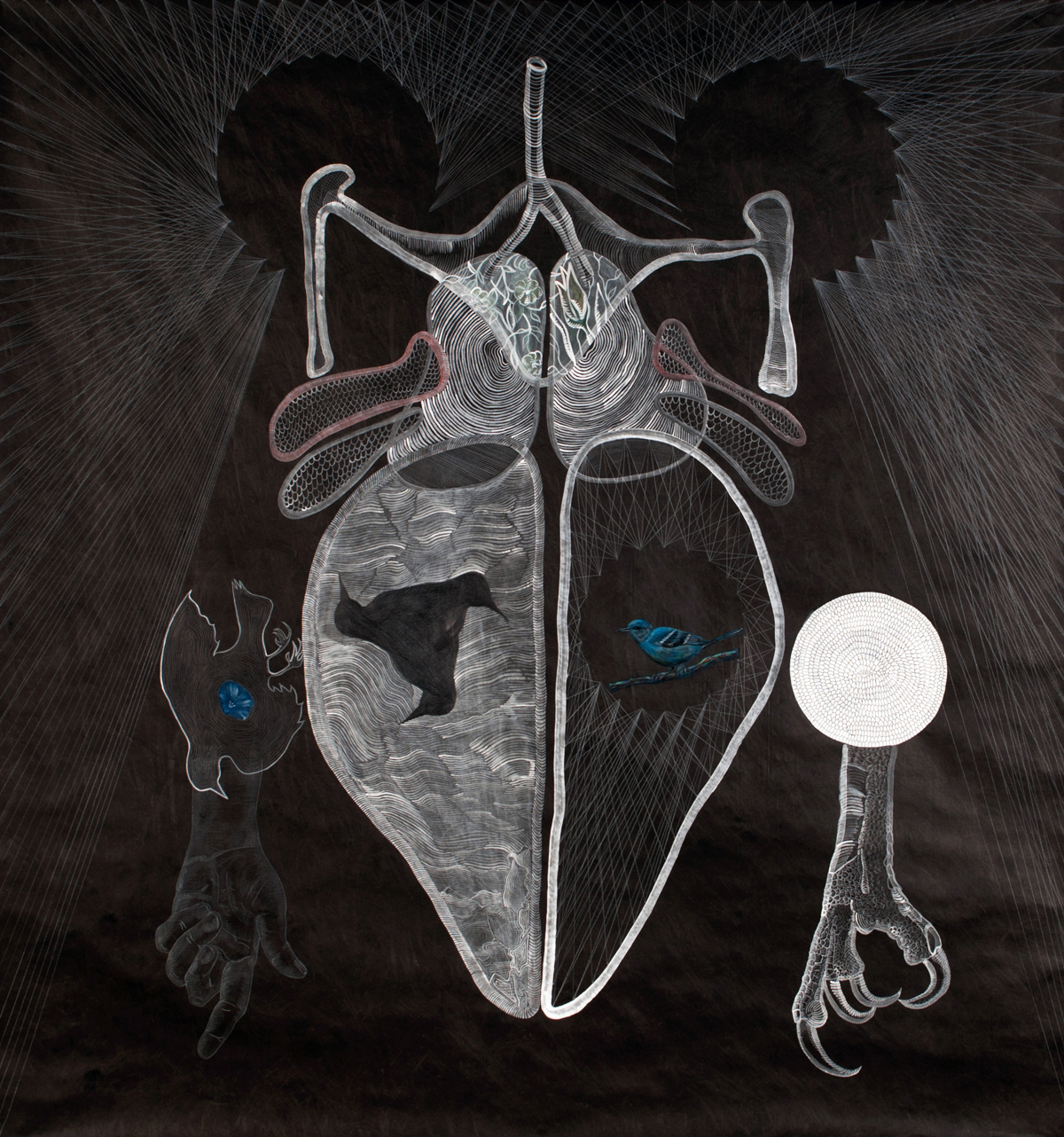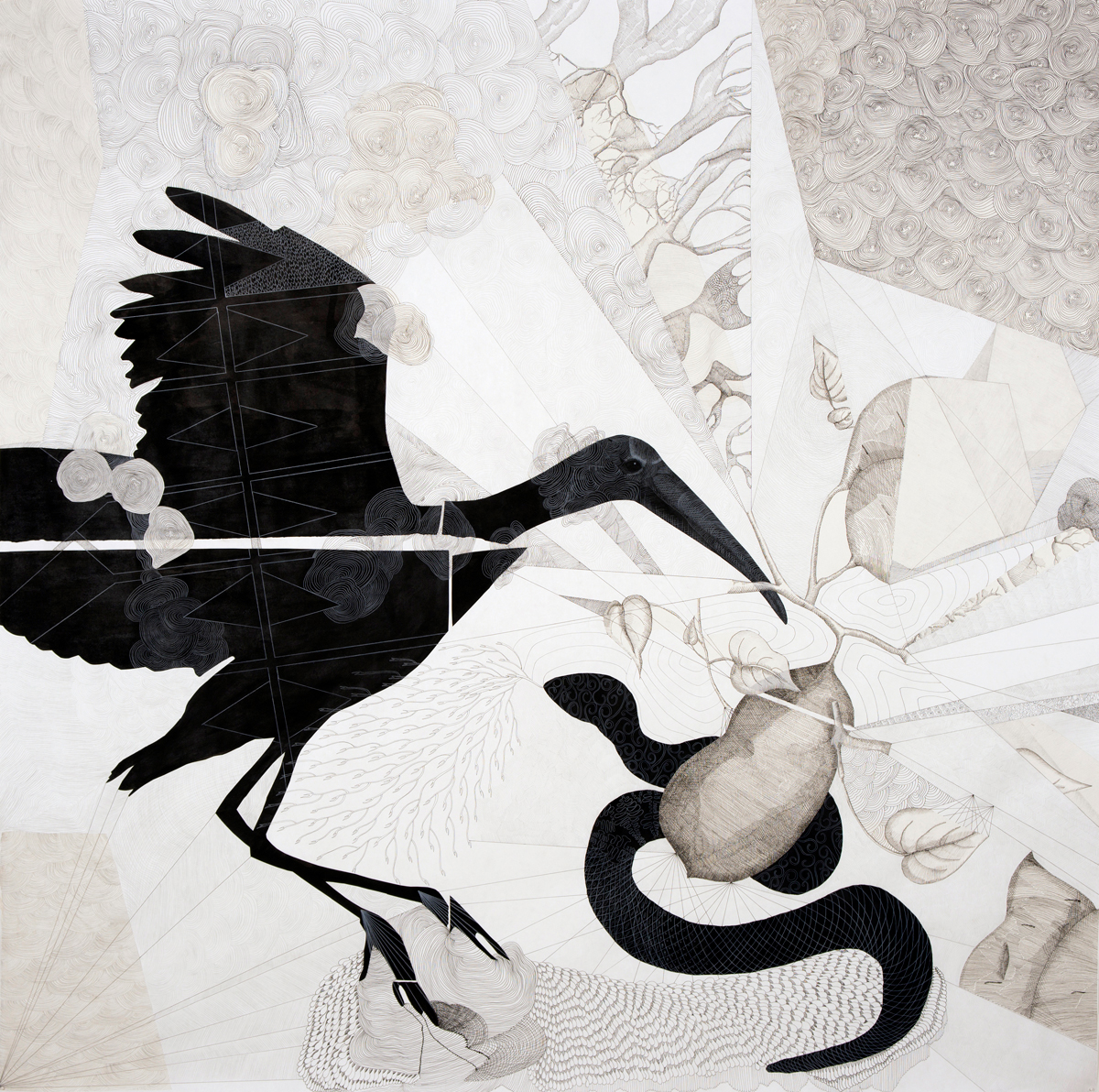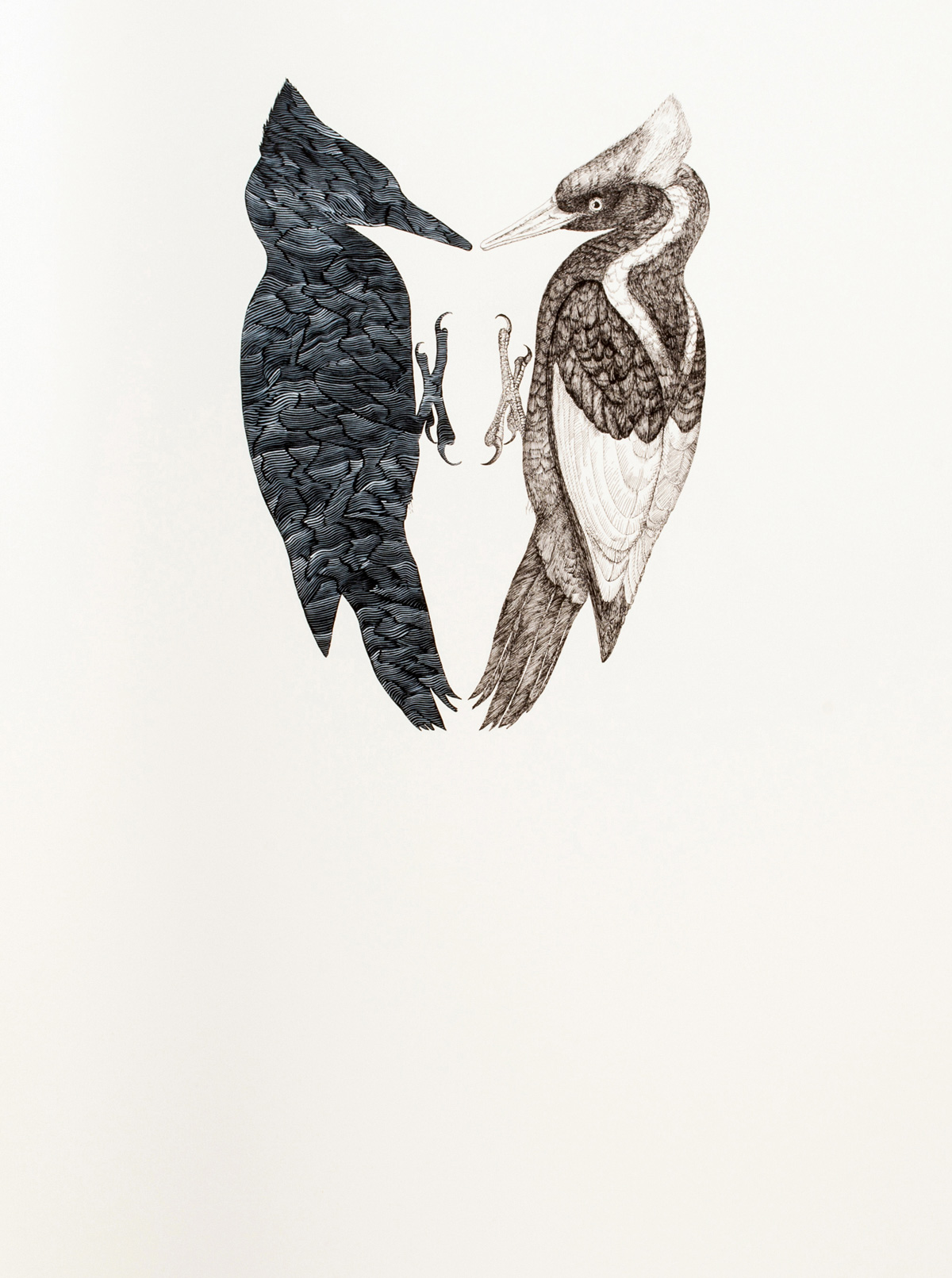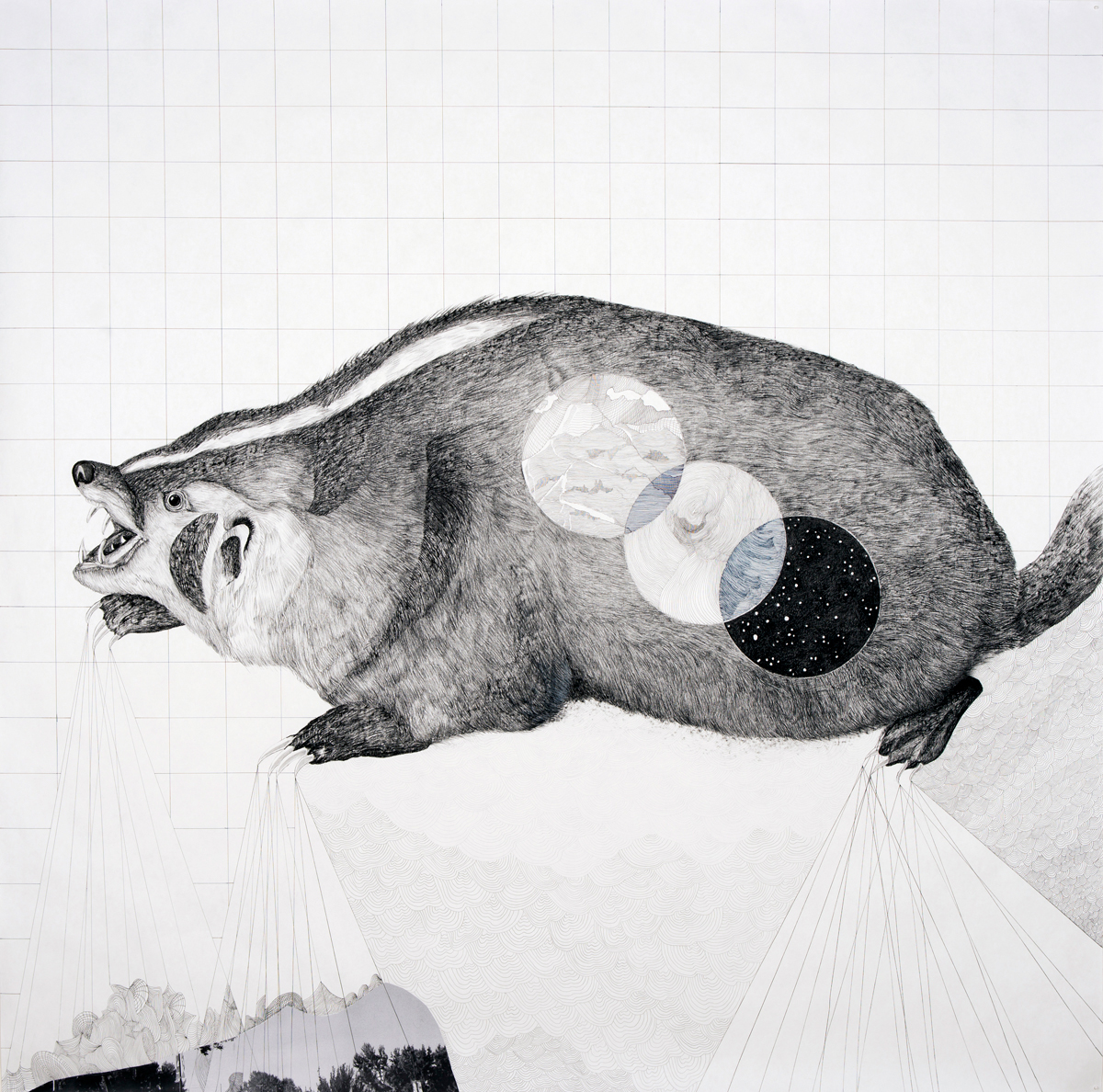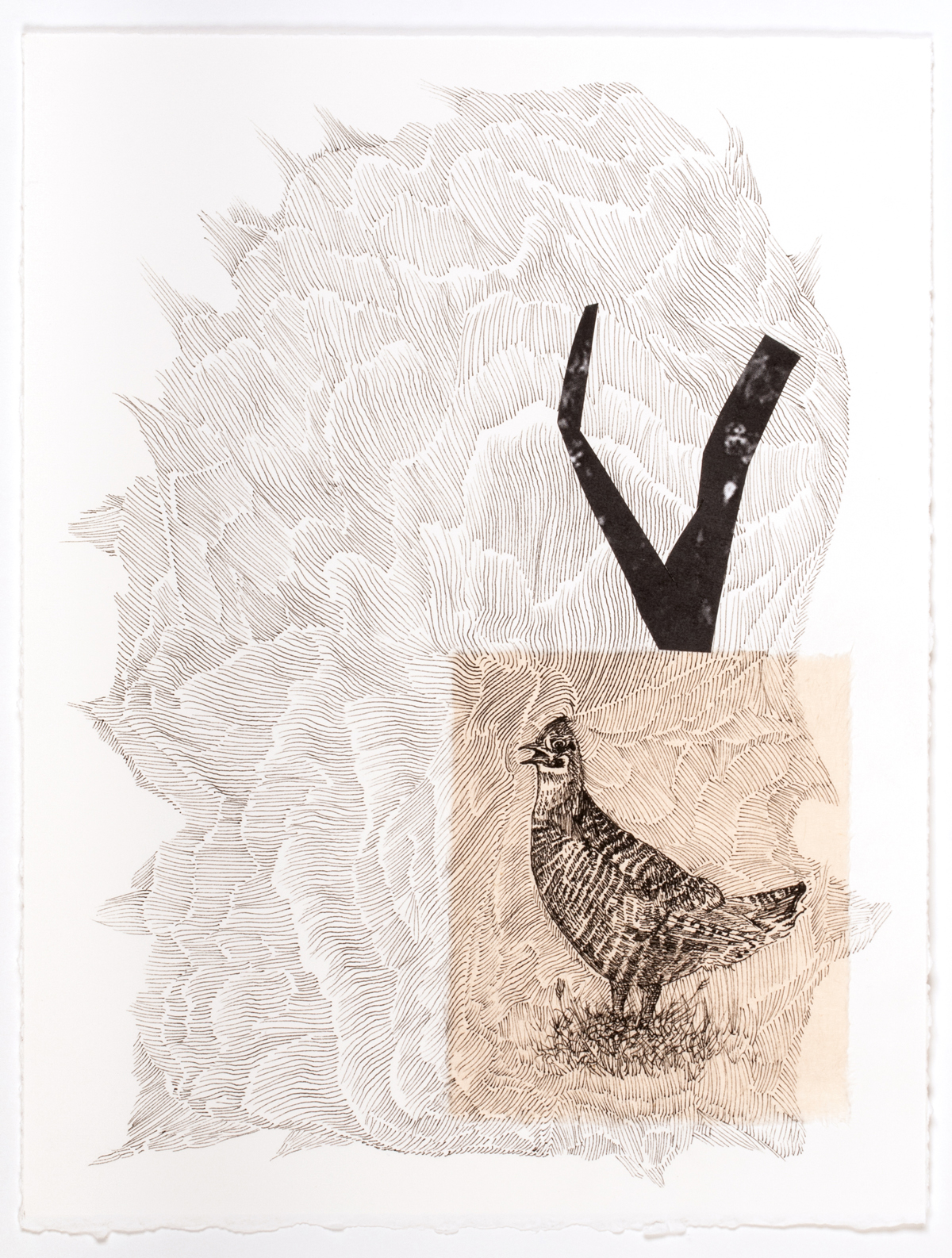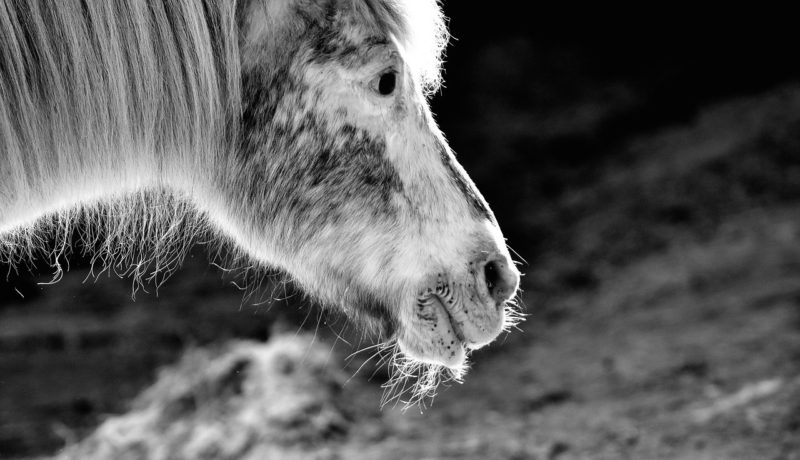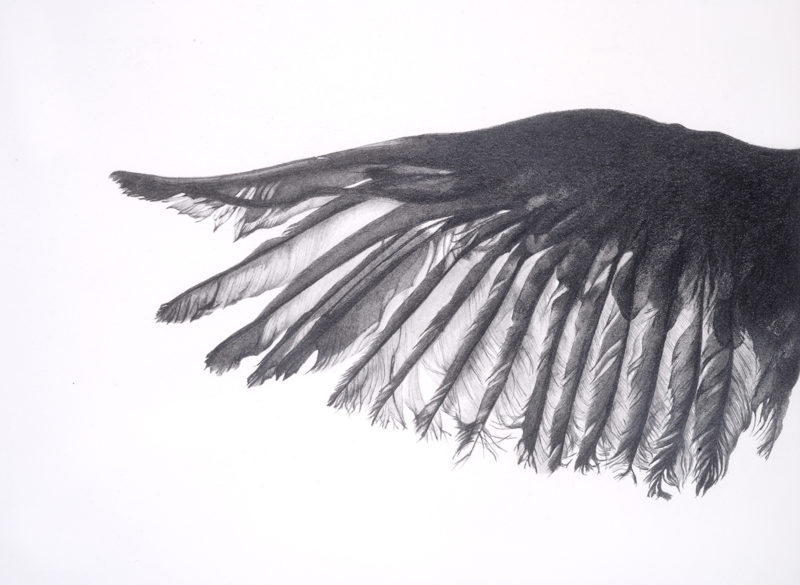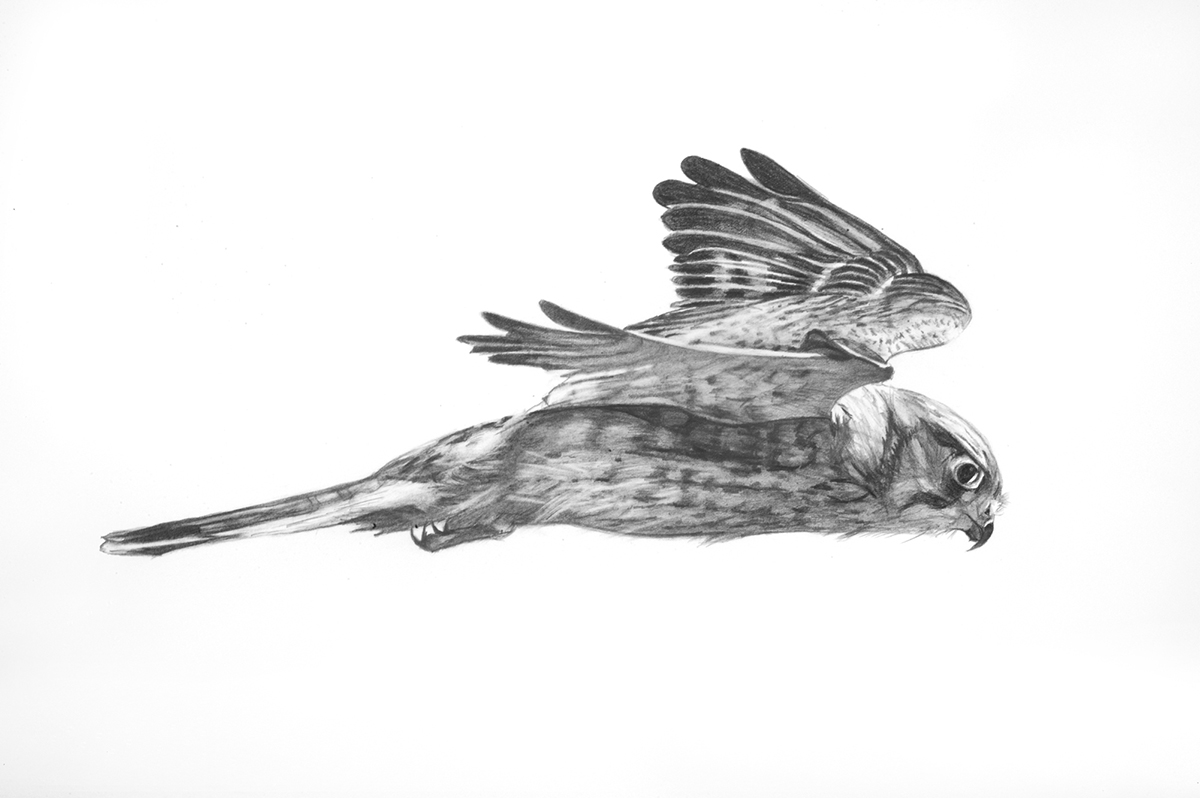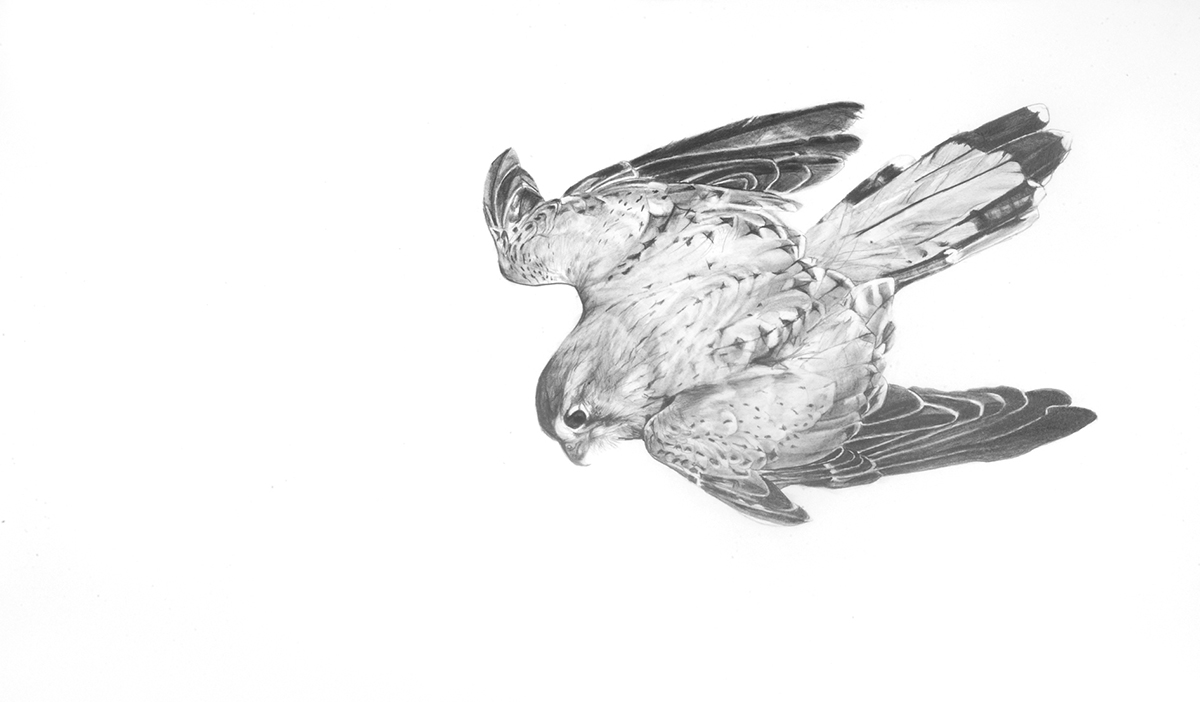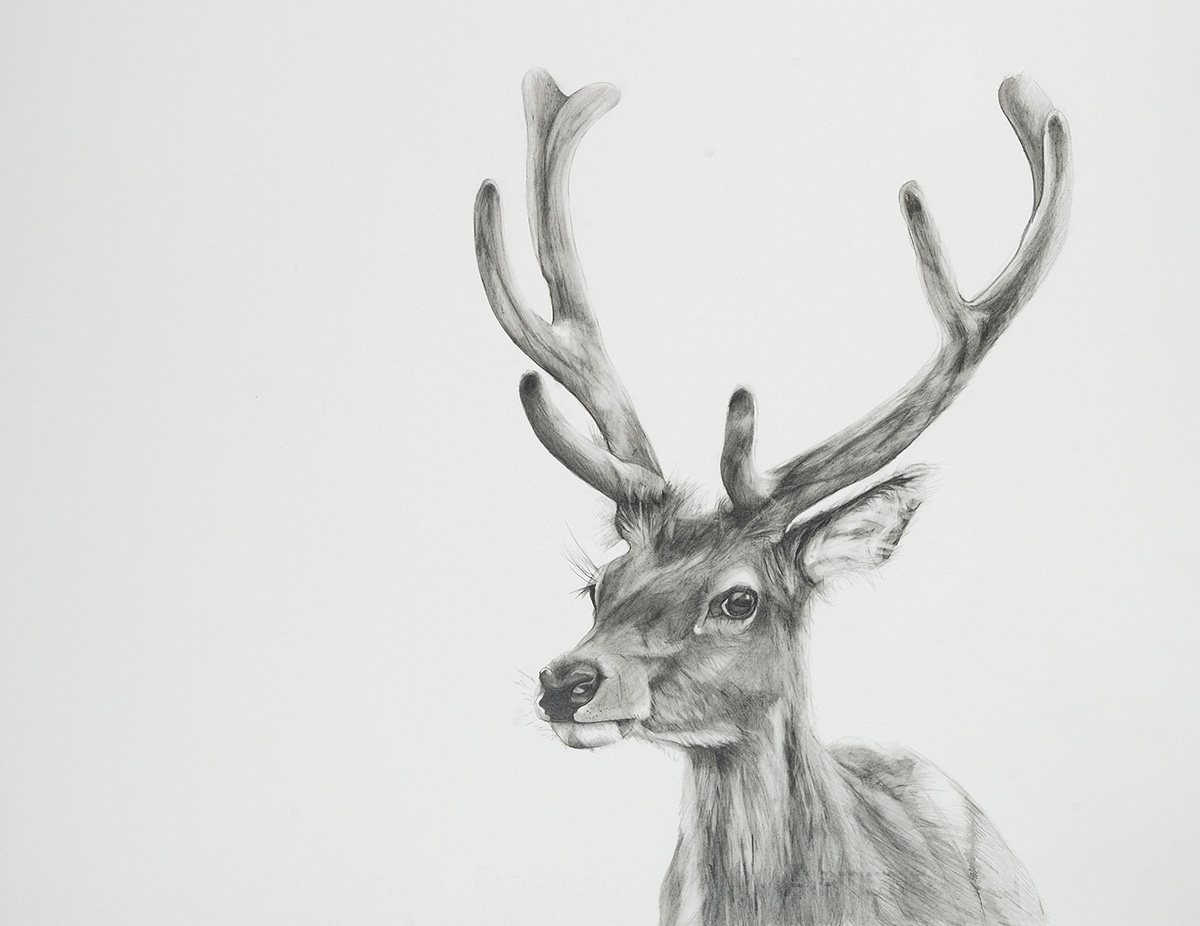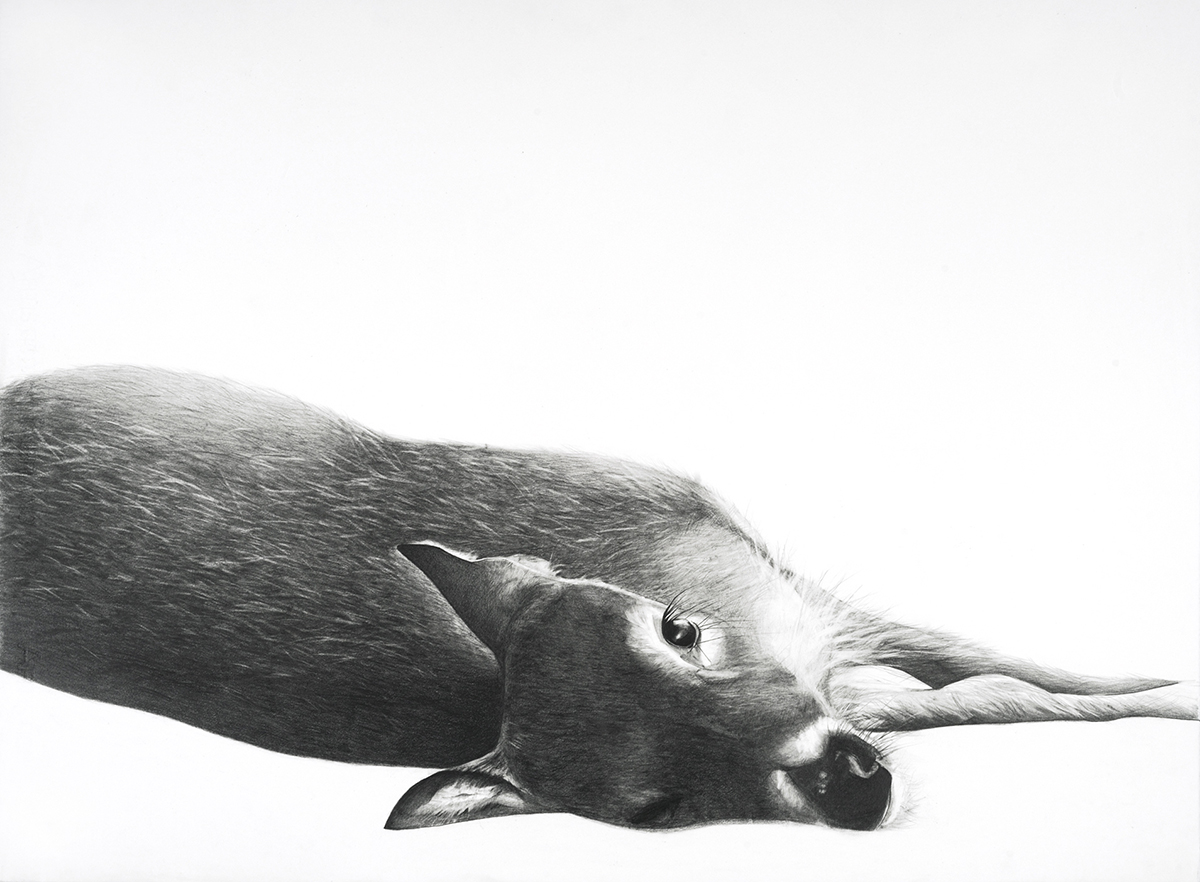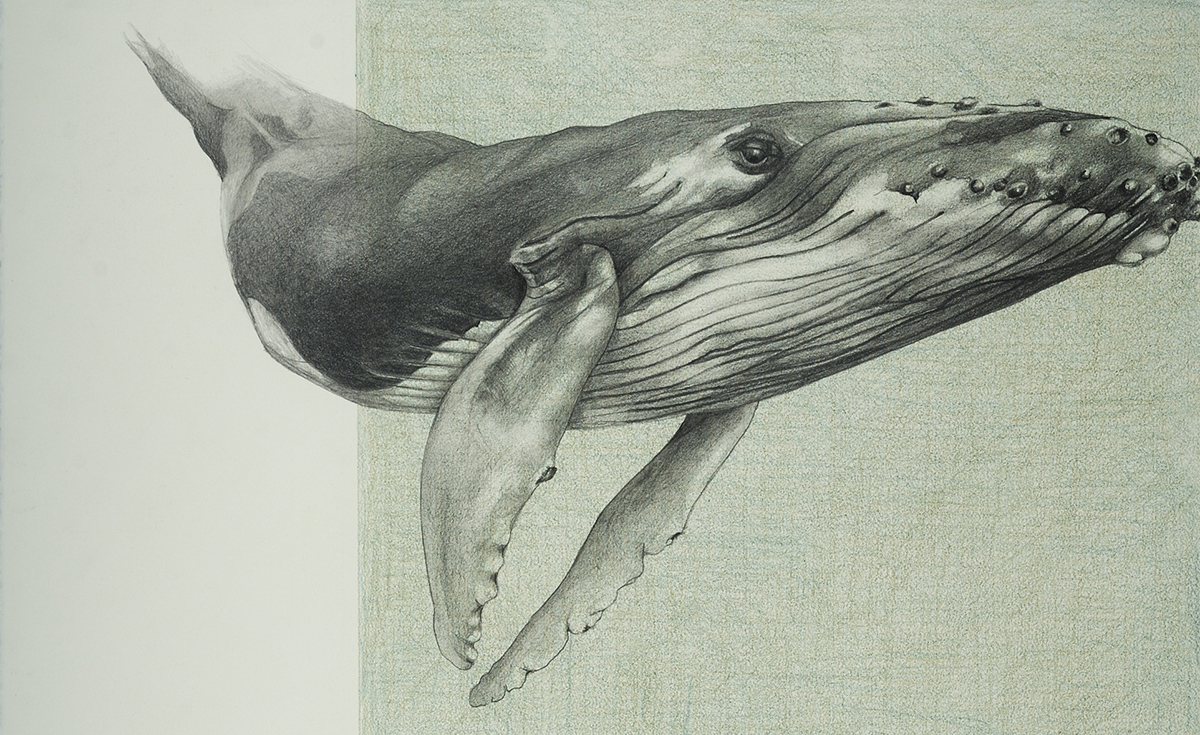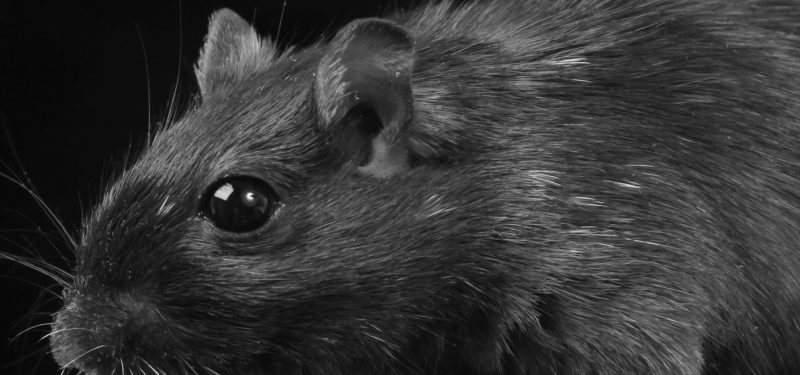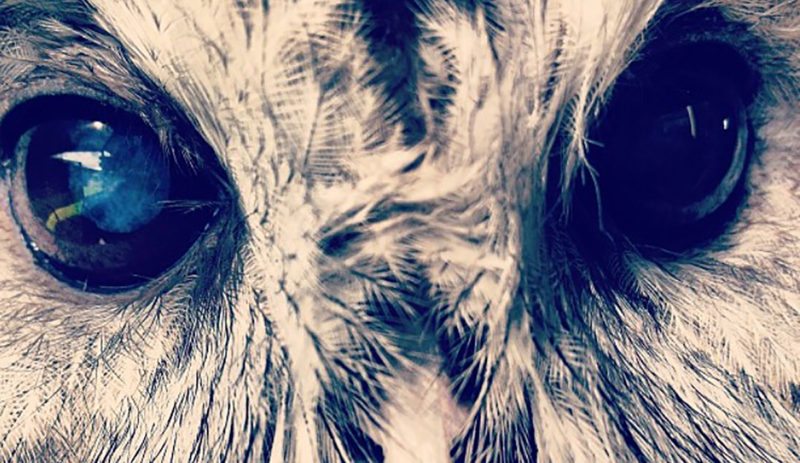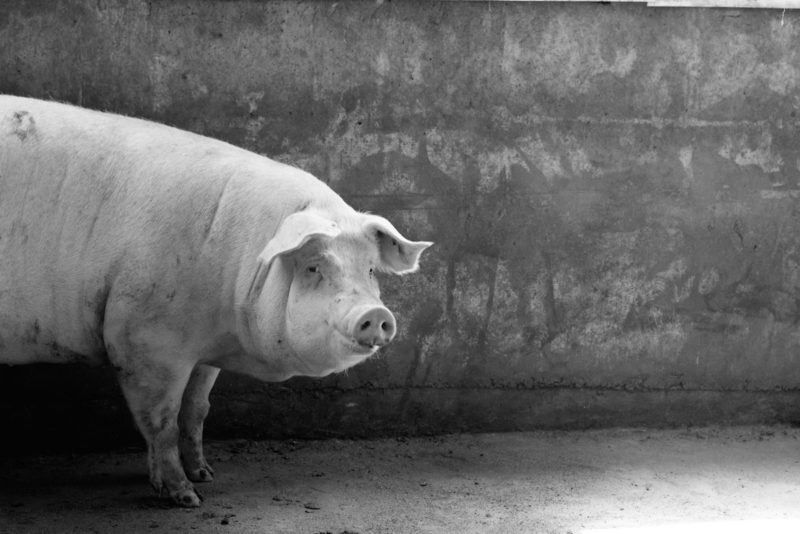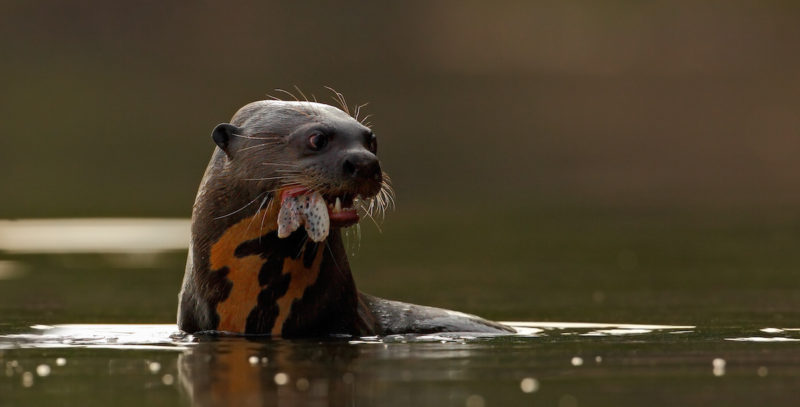by Stephanie V Sears
It is a short flight between Cuzco and Puerto Maldonado in Peru yet the contrast is drastic, almost surreal between the severe Andean slopes and the lush jungle plain where I am headed in an attempt to see Pteronura brasiliensis or Giant otter. At close to six feet in length the mustelid deserves this qualifier compared to its better known, smaller cousin Lutra lutra, the Eurasian otter. Diurnal, noisy and family-oriented in its habits, the marvelous Pteronura seems, nonetheless, to have passed, for the most part, under the general public radar. Many even well–traveled and educated people confess to not having been aware of the existence of a giant otter with a white fur bib as identification card, and the teeth and muscle to overcome co-predators such as caiman and anaconda.
As I look out onto the apparently endless expanse of jungle below, the oversight does not seem at first very surprising to me. My goal to find the giant otter looks like a real challenge. The species lives in areas that until fairly recently were known only to local tribes, hunters and the occasional field scientist.
But between the 1950s and 1970s the animal was easily targeted because of its native curiosity and communicative nature, and therefore hunted to near extinction for its highly valued, soft dark brown fur. During those twenty years some 20,000 pelts are estimated to have been exported from Peru to Europe; a conservative estimate at that. Since 1973 some sixty-five otters in Manu National Park have, consequently, been put under full legal protection. Unfortunately, this measure and a more provisional protection law declared in 1990 for Madre de Dios, has not prevented otters from being either accidentally killed when caught in fishing nets, or intentionally so, by angry fishermen. Twenty-one giant otters were reported accidentally killed between 2006 and 2012, but over sixty of them were ‘executed’ by indigenous people competing with the otter for turtle meat.
If given the chance to thrive in the region, a total of 128 individuals recorded for the whole southeastern Peru are destined to become both the flagship and umbrella species, in other words, the magnet for eco-tourism and the measure of environmental health for the whole region.
Listed by the IUCN as either endangered or vulnerable, depending on the South American region, giant otters are indeed found in groups of varying size in parts of the Guianas, Ecuador, Paraguay, Brazil, Columbia, Bolivia, Venezuela and Peru: groups as small as 30 in Paraguay, to an average of 250 in Ecuador, to the largest group of 2,500 in the Amazon Pantanal, the world’s biggest wetland. Pteronura is officially extinct in Uruguay and Argentina.
Yet despite optimistic announcements of localized population increases, the number of giant otters is, on the whole, decreasing in numbers according to the IUCN.
The Madre de Dios region appears as a prime example of how human activity and conflicting interests can lead to disaster for all sides: a nature-disfiguring and health-hazardous gold-mining activity on the one hand, a depleted nature and eco-tourism on the other. In 2004 a formal zoning and monitoring plan was created to handle problems in the Tambopata-Candamo reserve such as illegal logging and hunting, conflicts of interest between eco-tourism lodges, illegal building, poorly organized and intrusive group visits. Evidently, as I discover before even landing, these zoning and protection measures are still far from effective. For in the midst of the variegated greens of the tropical canopy, logged and agricultural patches cut out of the jungle signal the worst to come. Near the juncture with the Tambopata River the banks of the Madre de Dios River are blemished by huge red-brown ulcers spreading into the nearby forest like some bleeding leprosy. Unsure of what I am looking at from the plane window, but already pessimistic, my fears are confirmed upon arrival at the airport when my eco-lodge’s agent grimly announces that an illegal gold miners’ strike has blocked off all roads to the river with boulders and cut down trees. The river is what I and other eco-tourists have to reach so as to board the motorized canoes that will take us to our respective lodges at the brim of the jungle.
After a two hour wait in a butterfly farm we hope that our bus will be allowed through. No such luck. We walk. Some leave their luggage at the farm, taking only tooth brush, camera and a change of underwear. Others, more mistrustful, like myself, drag all their luggage for an hour and a half under the hot sun through the main thoroughfare of Puerto Maldonado. Solidarity, cemented by exasperation, is born among us during that time, as we wonder who among the locals staring at us from the houses are the gold miners. Some locals clap and cheer as we go by, drawing from us unambiguous if sotto voce reactions. A police car drives back and forth, possibly in a vague attempt to foil a further deterioration of the situation, but, clearly, not to help us with our bags.
At last, with the fresh air of the open river on our faces, we leave behind the vaguely dangerous mood of Puerto Maldonado; though not quite, since, on our way, we notice gold mining equipment lying in wait on the beaches and further on, some miners busy working, notwithstanding the strike.
Finally, the jungle and the evening wrap us in a cocoon of squawks, roars, and the underlying quiet of an undiminished nature. The proximity of disaster is temporarily forgotten.
Two days later my guide Hugo and I make an attempt to see the giant otters. We walk for three quarters of an hour along a muddy path from Tambopata River through the jungle to the Sandoval Lake. A fairly easy promenade, a kind of eco-tourist thoroughfare under the canopy agitated by parrots, capuchin and howler monkeys, a number of furry tarantulas poised on the entrance of their nest like doormen.
A new lodge is being built just behind the first line of trees on the Tambopata bank, and for a while the sound of hammering follows us.
A the end of the jungle path, we find our canoe tied to a small dock and we glide onto the peaceful oxbow lake bordered by tall palm trees and bird-laden shrub, when suddenly we glimpse in the distance the telltale rippling under some over-hanging branches. In silence, we navigate towards it.
One or two otters are still reclining like Riviera sunbathers on low branches when we arrive; others, previously invisible to us, promptly dive into the lake. Seven, eight, twelve? It is a big family. They keep ahead of us, swimming close to the banks, then stopping, periscoping, aiming at us loud, explosive snorts, followed by a capella whining. Our careful pursuit, their strange approach-avoidance (which may ensue from regularly seeing tourists) continue. One adult breaks the surface with a fish in its mouth and devours it on the move, displaying impressive canines. What is striking to me at this close range, however, is the comic-strip cuteness of these whiskered, more catlike than doggish faces, despite their local name of Lobos del Rio, and their demonstrative curiosity and evident intelligence. I imitate their whines to see what reaction I will get and receive in reply a tirade of noises, some of which resemble the whistles and clicks of a dolphin. Hugo and I look at each other, cowed into silence by what sounds to us like a severe rebuke. Have I said something wrong?
Plunging and eating along the way, the otters progress toward the center of the oxbow while demonstrating the same combination of curiosity and distrust to a newly arrived canoe full of frantic photographers. But soon the otter family has had enough and retreats to their inviolable sanctuary forbidden to us, on the farther side of the lake.
Like their smaller cousin Lutra lutra, the giant otter is what scientists call a ‘bio-indicator’ of the quality of the surrounding environment. In short, if the environment is healthy for the otter it is a guarantee of healthiness for humans. Pteronura’s reproduction and survival depends principally on an uncontaminated nature but also on very measured disturbances by humans. A poorly managed eco-tourism, therefore, constitutes as much of a critical threat to the giant otter within its present limited protected territory, as gold mining and deforestation does. Even our quiet visit by canoe affects the otter’s reproductive potential. Consequently, scientists now recommend, not only monitoring the number of tourists that visit the lake at one given time, but abandoning the use of canoes altogether in favor of observatory towers and platforms discreetly placed on the edges of the lake.
Joel Mendoza, a specialist of the giant otter at the Zoological Society of Frankfurt, explains that Tambopata-Cambano reserve is highly vulnerable because of a high and increasing human density, (the Madre de Dios population was around 49,000 in 1990), much denser than in neighboring Manu National Park. The lack of efficient and strict land management facilitates illegal activities that affect the forest. Gold mining attracts poor farmers from other regions of Peru such as the Sierra, Puno, Ayacucho and Apurimac and leads to a double disaster in that it also destroys forest, (50,000 hectares of deforestation found in 2012 to have been caused directly by gold mining in the region, reported by the Sociedad Peruana de Derecho Ambiental) and simultaneously contaminates air, water, fauna and people.
The expedient, or ‘artisanal’, illegal use of mercury by which gold is extracted, embroiled with local politics, has had and continues to have catastrophic, long-term effects on the surrounding nature and human health. It has spread out of control to new regions: from the rivers Madre de Dios, Malinowski and Colorado to the rivers Las Piedras and Pariamanu. For obvious political reasons, as explains an official contact at the Ministry of Exterior Affairs specialized in the sustainable use of the environment, the level of unemployment in some rural areas is such that the government has somewhat tolerated this ‘free for all’. One means by which the central government has tried to oppose illegal gold mining, adds my governmental contact, is by cutting off supplies in fuel needed for the dragas or mining machinery.
Thirty thousand illegal gold miners are said to operate in the region, organized in some five associations. Their essential ingredient to extract gold is mercury. Cheaply obtained, it is heated with an ore amalgam so as to isolate the gold and offers the benefit of rapid results in an operation necessitating only one person. But the mercury evaporates during the process so that an ill-protected gold miner, and anyone nearby, inhales the poisonous emissions. Called methyl-mercury after infiltrating water, mercury is then drunk unknowingly or absorbed through eating fish, themselves contaminated through the gills. The larger the fish the more mercury is taken in. Levels of mercury in urine and blood samples analyzed in the region have been found to be dangerously high, pregnant women and children being the most vulnerable to this neurotoxin.
A number of methods exist to alleviate the impact in the use of mercury; while isolating the equipment prevents human inhalation and absorption into the environment; borax, a natural and cheap mineral used in detergent, is considered to be the best substitute for mercury. It obtains a higher weight of gold without the health hazards. If so, why has this shift from mercury to borax not been urgently made in Peru , when levels of mercury found in 58% of fish samples are considered to be above acceptable levels for giant otters, and in a lesser but significant percentage of the sample (17.6%), for humans? In 2012, in fact, the UNEP drafted an agreement on reducing and finally, eliminating the use of mercury.
According to the IUCN, the 10 or 12 giant otters in Peru’s Sandoval Lake have particular genetic importance as an evolutionary unit, yet unfortunately, in all of South America, they are perhaps the most hard hit by man’s abuse of nature. Parts of the jungle in the region have been completely scraped off the ground for gold mining purposes and the replacement of this form of high-biodiversity in its integrity is virtually impossible once it has been destroyed. (Concerning the amounts of mercury delivered into nature, it is significant to know that mercury is already naturally high in Amazonian soils, therefore deforestation contributes to its release into water). There are, consequently, few projects at the moment that attempt to reconstitute the destroyed jungle. Nonetheless, between 2008 and 2011 the AIDER NGO based in New Delhi and founded by Mr. Virenda Kumar Jha, worked to recreate an organic base by using the plants Guaba and Kutsu for the regrowth of a natural forest. Any other type of reforestation is considered unable to re-establish the vital relationship between fauna and native flora and absorb as much carbon as the authentic forest.
With a predicted 40% reduction of the Amazon forest by 2030, those directly involved in the destruction of the Madre de Dios nature must urgently weigh the advantages and disadvantages in their choice of a livelihood: a hazardous employment both in terms of health and long-term earnings, or the prospect of a sustainable future dependent on a thriving nature that more and more tourists are eager to see? What is the most valuable asset, gold or a rich and rare biodiversity?
At the heart of this dilemma (a very real one for a poor individual), has emerged a change in the general attitude towards nature, and by the same token, towards animal rights. Is it humanity’s right to invade and destroy the way of life of other creatures as if these were disposable objects, as humanity has done for centuries? More to the point, is not such a mentality suicidal for our own species? The giant otter, in its intolerance to pollution – reflecting our own vulnerability to contaminated environments – offers a clear reply. It is.
Pteronura favors sandy bottomed and rocky ‘black waters’ frequently found in forested areas. The equation is a simple one: if we pursue our destruction of the Amazon forest the giant otter will disappear for good while our environmental troubles will worsen. This is how closely our own physical and psychological welfare is entangled with the sustainable survival of this species and of others.
Alas, my attempt to leave the region three days later is just as chaotic as my arrival. The strike has hardened despite governmental attempts at dialogue with the miners. We are forced to leave at 2 am in the morning and travel by boat well beyond Puerto Maldonado to avoid being blocked on our way to the airport. In the dim grey light of pre-dawn, we wait by a dirt track where we are picked up and driven in a file of four or five small buses through back roads to the airport. This time we have the added protection of a small police escort.
Hugo, my Inkaterra guide and a passionate naturalist, informs me weeks later by email that the illegal gold miner strike continued well after my departure, forcing him and other eco-tourism professionals into indefinite economic inactivity.
Gold mining in Madre de Dios might be tolerated for economic reasons to continue in safer conditions, but it should take into account that other species, a fortiori, large mammal predators, literally need ‘their space’. The space is the Amazon jungle in this case, as vital in its prime condition to us as it is to the other species that inhabit it. The giant otter’s fate will, therefore, essentially determine our own.
Stephanie V Sears is a French and American ethnologist specialized in South Pacific societies, a free-lance journalist, essayist and poet whose essays have appeared in CerisePress, The Cresset, The Montreal Review, Wildlifeextra, Insula.
